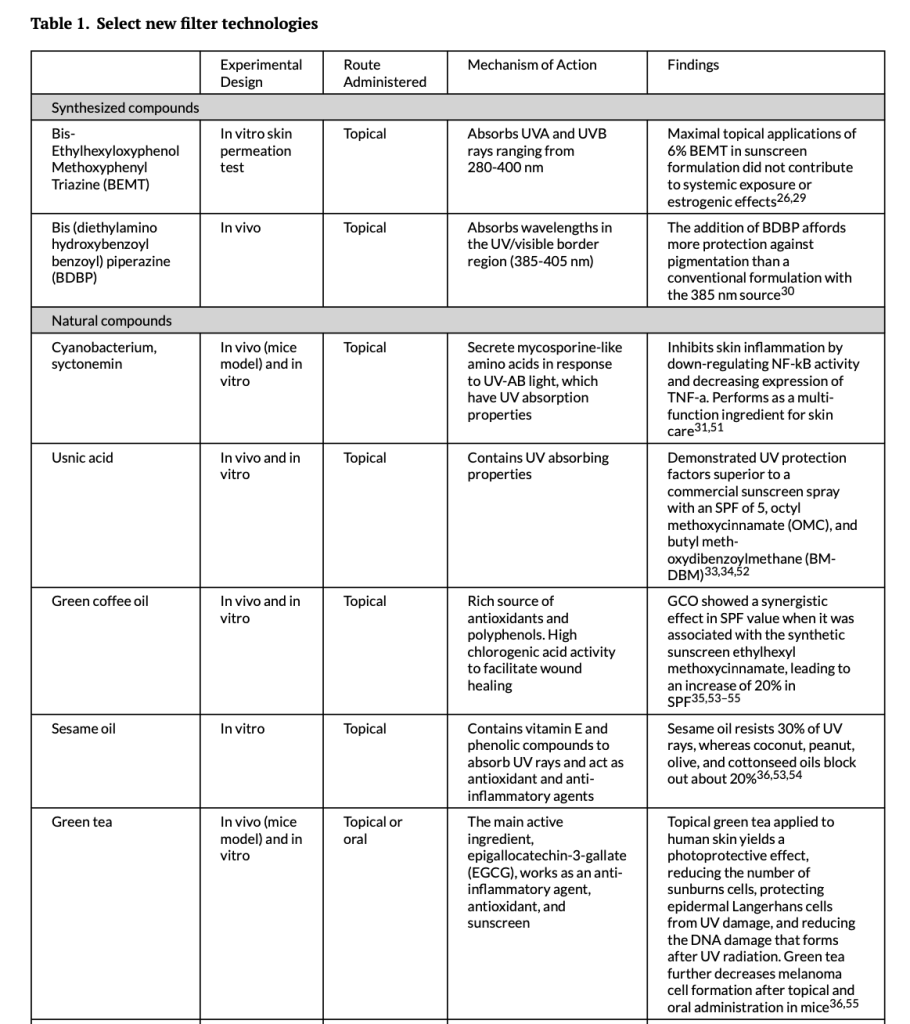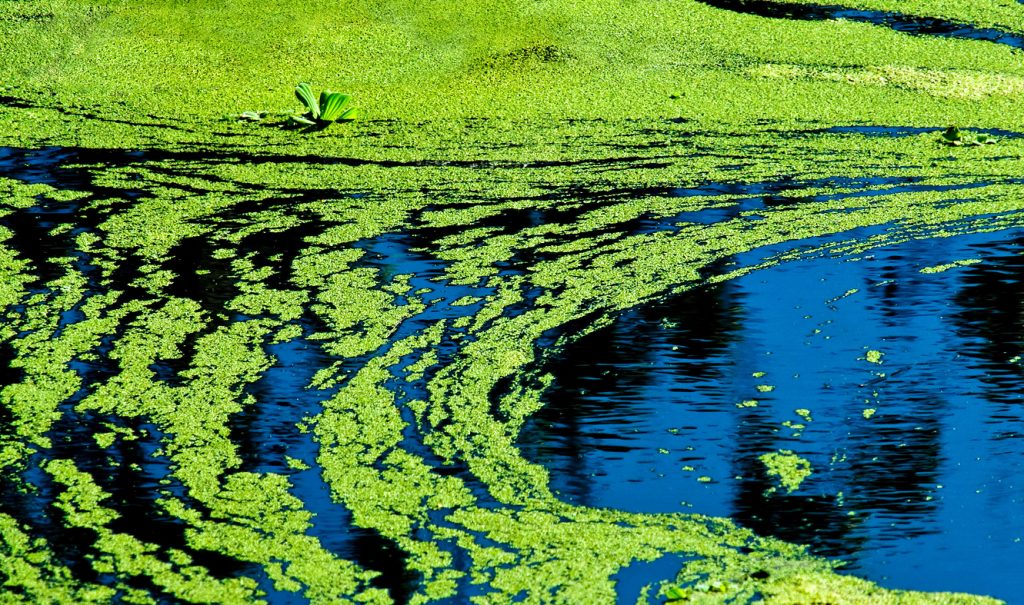New sunscreen ingredients are needed to help assuage patient safety concerns and lower skin cancer rates.
Some new sunscreen ingredients are already approved in the European Union (EU) and are being studied in the US. Natural products such as algae and herb derivatives are also gaining traction, according to a new narrative review in the Journal of Integrative Dermatology.
Currently, there are 17 UV filters approved for use in the US, compared to 29 available in the EU. No new UV filters have been approved by the FDA since 1999 due to strict regulations regarding dosing and labeling restrictions. U.S sunscreens block UVB rays but generally do not block UVA rays as effectively as EU sunscreen.
Innovations in Sunscreen Filters: What is on the Horizon in the US?
Bis Ethylhexyloxyphenol Methoxyphenyl Triazine (BEMT), also known as bemotrizinol (Tinosorb), is being considered in the US. 10% BEMT has been in use around the globe since 2000. Bemotrizinol can be added to sunscreens to protect against both UVA and UVB rays.
Bis (diethylamino hydroxybenzoyl benzoyl) piperazine (BDBP) was approved by the Scientific Committee on Consumer Safety (SCCS) of the European Commission in 2021 and is being considered in the US.

What’s New in ‘Natural’ Sunscreens?
Cyanobacterium or blue-green algae can tolerate high levels of UV radiation lending to its UV-protecting capabilities. In addition, formulations with propolis, derived from plant resins and collected by honeybees, enhance SPF by providing synergistic effects.
Epigallocatechin-3-gallate (EGCG), the active ingredient in green tea, works as an anti-inflammatory agent, antioxidant, and sunscreen. When it is applied topically, it reduces the number of sunburns cells, protecting epidermal Langerhans cells from UV damage, and reducing the DNA damage that forms after UV radiation.
“Beyond new ingredients, the rise of sunscreens with broad-spectrum coverage and the incorporation of antioxidants encourages improved protection by shielding against both UVA and UVB rays as well as free radicals and oxidative stress,” conclude researchers led by Lily Guo, a medical student at Rosalind Franklin University of Medicine and Science in Chicago.
Future sunscreens should include UVB protection but also significant protection from UVA and high-energy visible light, the researchers note
Consideration of environmental impact will also be important for manufacturers to problem solve to avoid injury to the coral reef.


